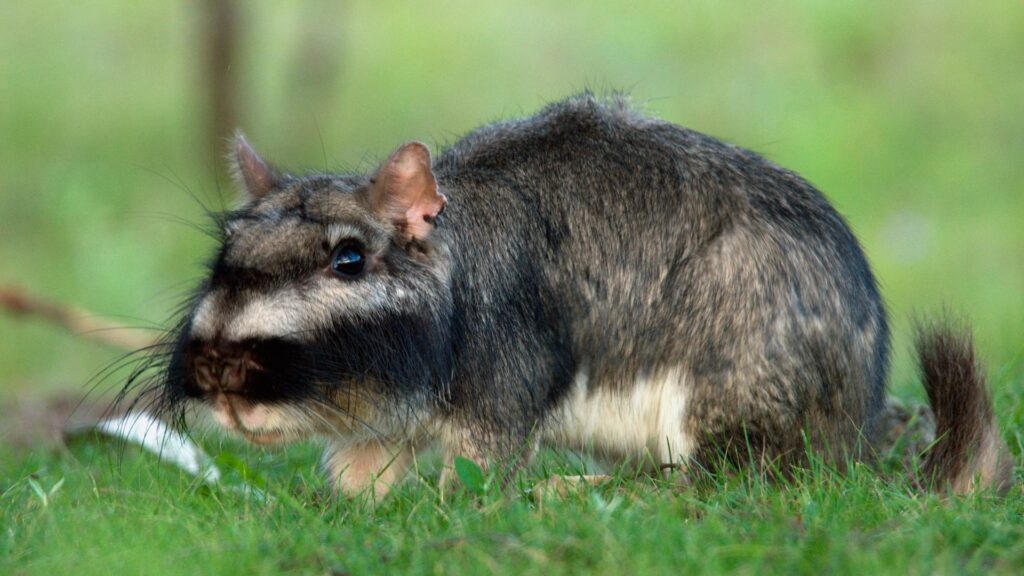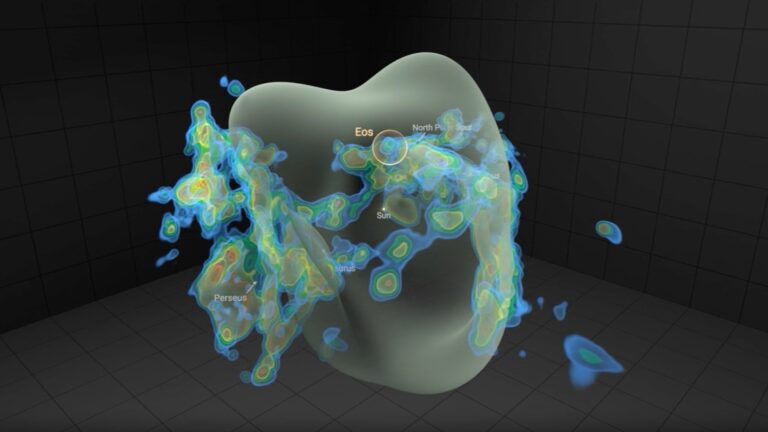
BB46XE A Plains vizcacha (Lagostomus maximus) emerges from its burrow at dusk to feed on grass and seeds, at Estancia Rincon del Socorr
Plains viscacha: A rodent that builds vast underground cities and ovulates more than any other mammal – Live Science
2025-04-19T10:00:00Z
The plains viscacha looks a lot like a chinchilla, but it’s known for building vast tunnels underground and for producing more than 300 eggs at one time.
The plains viscacha, which is found in South America, has a pointy nose, stiff whiskers and two black stripes on its face.
QUICK FACTS Name: Plains viscacha (Lagostomus maximus) Where it lives: South America, from southern Bolivia and Paraguay to Argentina What it eats: Grasses, shrubs, seeds, and even its own feces
Across the vast plains of southern South America, a chubby rodent reigns underground in a vibrant, hierarchical world. The plains viscacha, a stout cousin of the chinchilla, builds subterranean “cities” known as “vizcacheras,” where up to 50 individuals live together . With tunnels reaching 10 feet (3 meters) deep, these complex networks of dark chambers and hidden entrances fascinated Charles Darwin during his 19th-century travels through the region .
These underground engineers are thought to live up to eight years. These animals are organized into complex colonies and guided, in part, by the vizcachón — the oldest and most experienced male — who signals the all-clear each evening. As dusk falls, the vizcachón is the first to emerge as a lookout. If all is calm, he gives the signal, and the rest of the group follows.
The name “viscacha” is derived from the Quechua word “wisk’acha ” — a word that mimics the sound the animal makes. It has a broad head, large eyes, and pointed ears, as well as long, stiff whiskers; short front legs with strong claws for digging, longer hind legs for leaping; and a short, furry tail. Its grayish fur — which is darker on the back, and lighter on the belly — and the two black stripes running from its snout past its eyes give it a striking look.
But it’s not just its appearance that’s notable; this rodent holds a mammalian record: The female viscacha can release up to 326 eggs in a single reproductive cycle, making it the most prolific ovulator ever recorded among mammals, according to a study published in the Journal of Experimental Zoology – A .
Viscachas reproduce in the fall , when females go into heat and males compete fiercely — sometimes even fighting — for a chance to mate. Sex takes place inside the burrow, and after a five-month gestation, the female usually gives birth to two young.
Even more surprising is how the viscacha pulls off this feat: A rare dual mechanism combines spontaneous ovulation, which may help eliminate defective eggs, with induced ovulation, which is triggered by hormones or seminal plasma, to ensure the fertilization of the highest-quality eggs.
Auto-posted from news source






